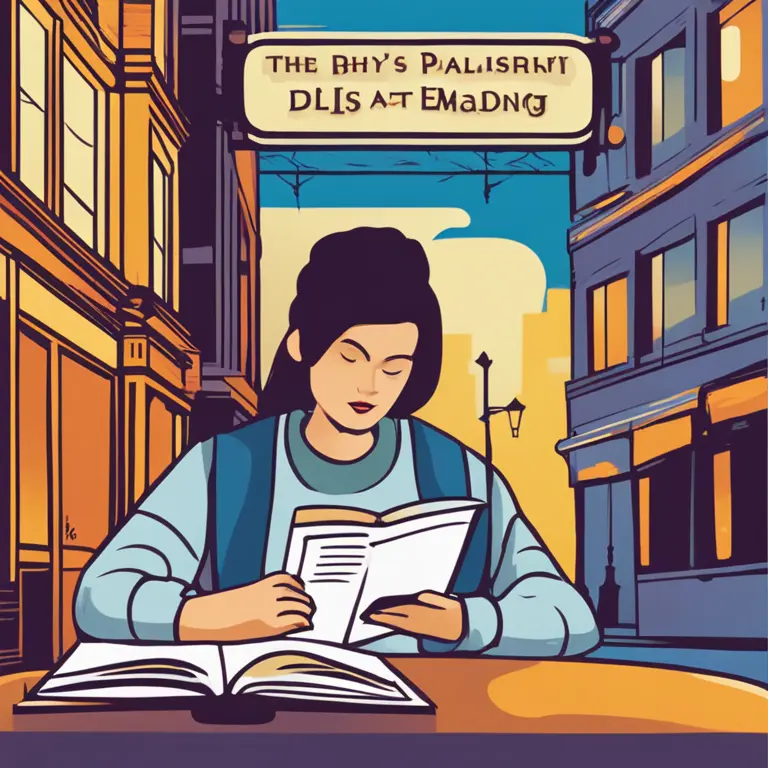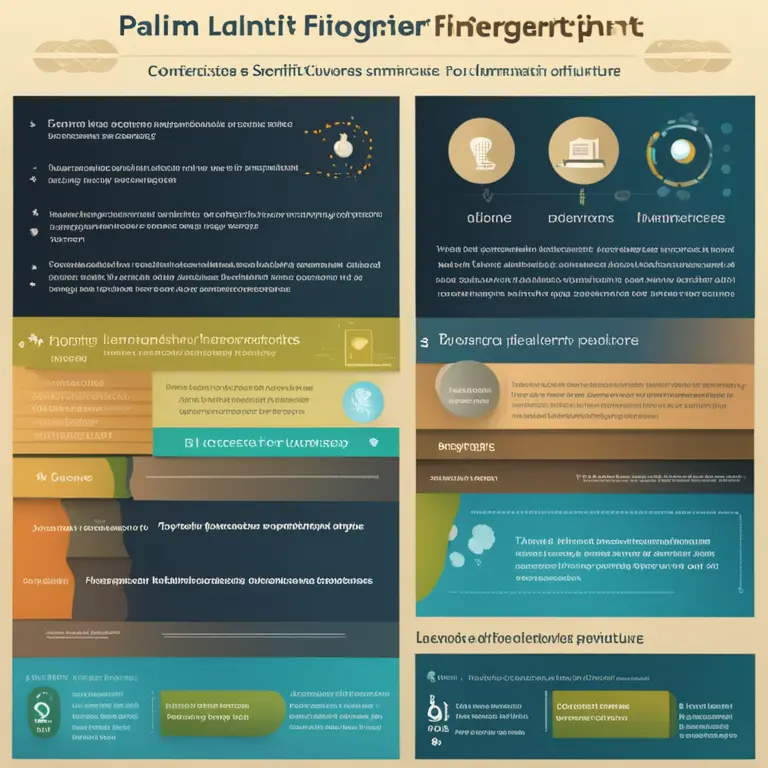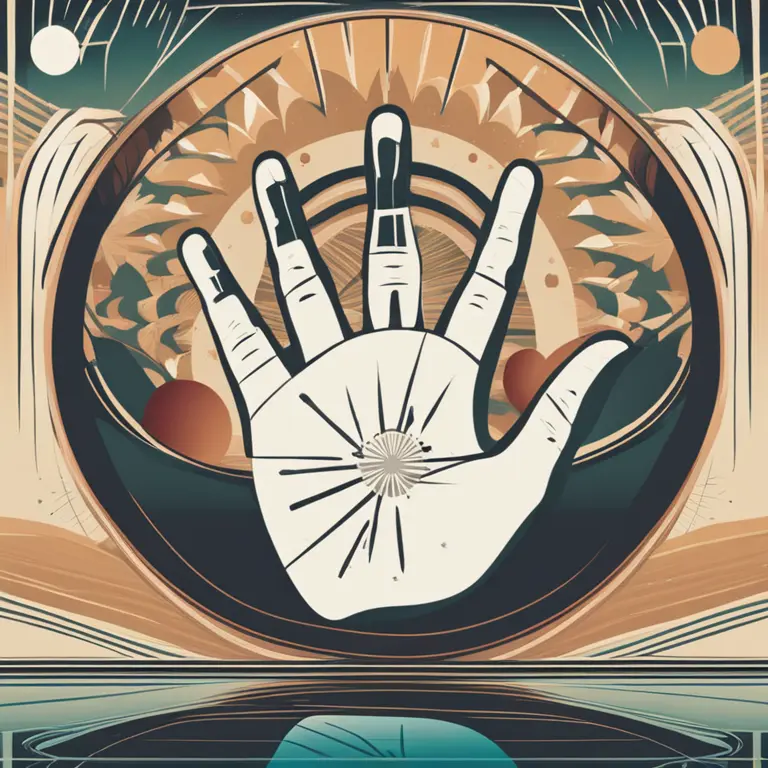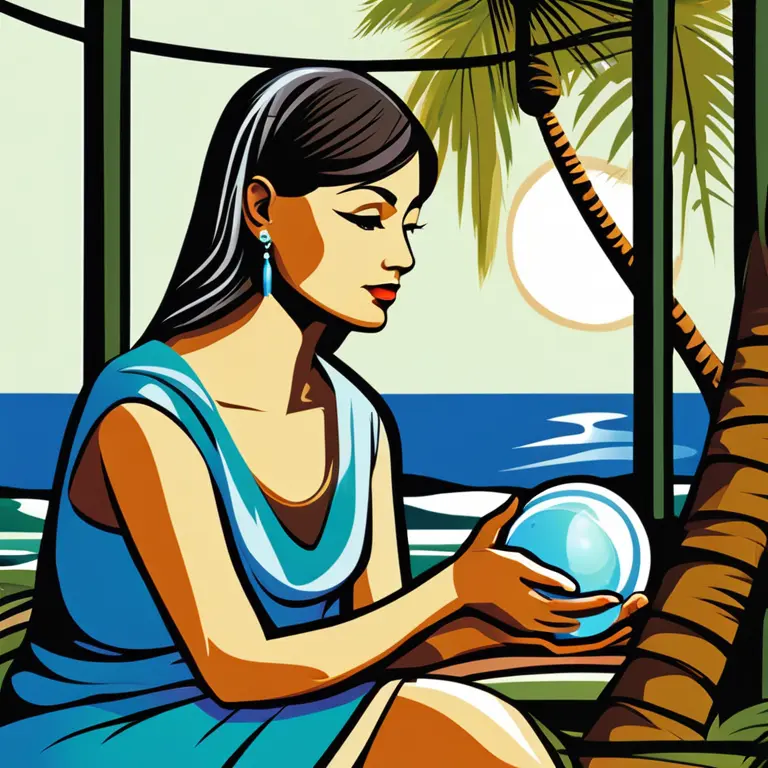
Palmistry and Science: A Comparative Analysis
Delve into the contentious relationship between palmistry, an ancient practice of character assessment, and the critical eye of modern science.
article by Nora Pennington
Palmistry's Ancient Roots
Palmistry, also known as chiromancy, has its roots steeped in antiquity, with evidence of its practice found in various cultures such as Indian, Chinese, and Egyptian civilizations. It's centered on the belief that the lines and shapes found on an individual's palm can reveal insights into their personality and life path. This method of divination involves analyzing the physical features of the hands to forecast future events and assess character traits, an approach that resonates with those seeking personal guidance.

Scientific Scrutiny and Skepticism
Science, grounded in empirical evidence and repeatable experiments, often clashes with practices like palmistry that lack a robust, evidence-based foundation. Throughout the years, the scientific community has largely dismissed palmistry as a pseudoscience due to its inability to consistently predict outcomes or withstand rigorous testing. Critics assert that palm readings are prone to the Forer effect, where individuals give high accuracy ratings to descriptions that are vague and general enough to apply to a wide range of people.

The Art of Reading Palms
Palm readers argue that their art is not just about predicting the future but about offering a reflective mirror for an individual's traits and tendencies. They maintain that palmistry is a tool for self-discovery, prompting introspection and inner growth. Practitioners highlight how the lines in one's hands change over time, proposing a dynamic relationship between an individual's experiences and their physical markers. Nevertheless, this subjective and evolving interpretation stands at odds with scientific demands for consistency and falsifiability.

Searching for Scientific Links
Some dedicated researchers strive to find a scientific connection to palmistry. Studies in dermatoglyphics, a field examining the patterns of skin ridges and lines, have found associations between fingerprint patterns and certain genetic disorders. However, these links remain far from the broad, predictive claims of palmistry and don't endorse its use as a reliable tool for forecasting personal futures or reading character attributes with scientific accuracy.

Public Perception and Demand
Despite scientific skepticism, palmistry enjoys ongoing popularity, with its allure possibly lying in the human fondness for narrative and understanding one's place in the world. The practice continues to thrive, with palm readers offering their services in person and online, catering to a clientele keen on exploring alternative forms of self-knowledge and future speculation. This enduring interest speaks to the power of belief and the personal value many find in the practice, independent of scientific validation.
Conclusion: A Respectful Coexistence?
The divide between palmistry and science reflects broader discussions about what constitutes knowledge and truth. Science relies on experimental rigor and peer review, while palmistry holds space in the realm of personal belief and experiential wisdom. Perhaps a respectful coexistence is possible where both can be appreciated for their unique contributions to human understanding—one rooted in data, the other in symbolic interpretation. Acknowledging the distinct value systems guiding both may lead to a more inclusive view of human curiosity and the ways we seek to comprehend our existence.
Published: 1/29/2024
Modified: 1/29/2024
More predictions
Come back here soon to learn more about yourself and your future


The Significance of Vertical Lines in Palmistry
Discover how vertical lines on the fingers relate to personal qualities and potential life paths in the practice of palmistry.


The Basics of Palmistry Explored
Delve into the basics of palmistry and its technique for reading the lines and shapes in your hands to gain insights into your personality and future.


The Secrets Hidden in Your Palm's Health Line
Discover the significance of the health line in palmistry and how it may offer insights into your well-being and vitality.